10 Stupid Things Your Kids' Friends Might Try to Get Them to Do
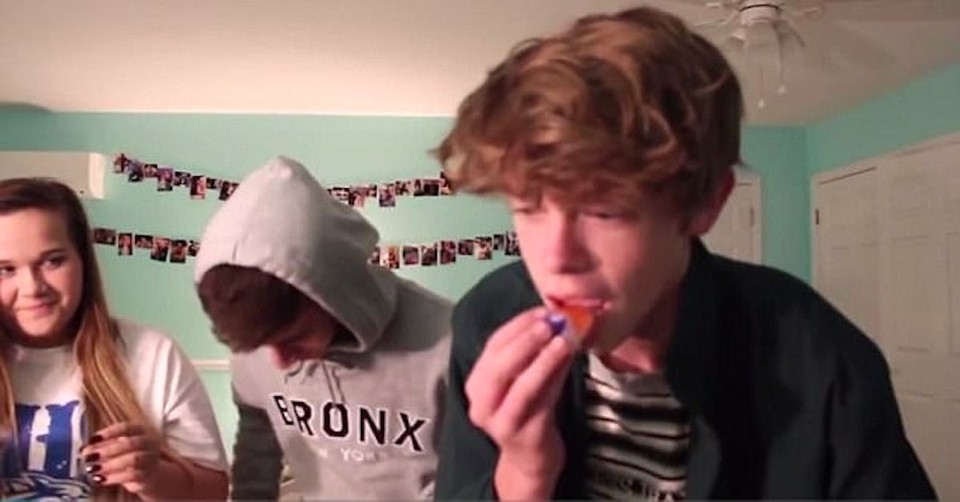
Over recent years, social media has been an incredible conduit for viral challenges and fads. One of the earliest, best and most beneficial examples of these is known as The Ice-Bucket Challenge, where beginning in 2014, people have dumped buckets of ice water over participants’ heads to raise money (over $115 million) for raising awareness into Lou Gehrig’s disease (amyotrophic lateral sclerosis). Video clips of the challenge are uploaded to social media sites, and friends are tagged inviting others to take the challenge. The challenge went viral and millions of videos circulating online. Since then, the focus of most challenges have devolved into the bad idea category, with varying risk levels of stupidity, physical danger, and mental trauma.
Photo courtesy: ©Youtube

Teens are naturally drawn toward participation in social media challenges.
One might think that most bad ideas, even really bad ideas, would be obvious to most teens. But in the world of adolescence, not much is simple and common sense does not always carry the day when discernment is needed. Science tells us that teen brains are wired for thrill seeking and risk-taking, which aligns nicely with faddish challenges. To this, add the component of peer pressure plus teens' desires for affirmation and fame delivered through viral social media, and challenges are a perfect fit for teen participation. When these desires combine, they can even overpower otherwise stable teens. One very real problem with viral challenges is that teens don't always assess potential consequences in advance, or take steps to minimize risks, and as a result are susceptible to dangers that may not be obvious but exist nonetheless.
What types of bad ideas are floating around the culture these days? Well, the one certainty in today’s youth culture is change, which makes predicting the next teen bad idea virtually impossible. But examining bad ideas in recent history is beneficial for parents because these may well be recycled back into popularity over time.
With this in mind, following, you’ll find descriptions of 10 teen bad ideas, along with my ratings (1 to 5 emojis) pertaining to the magnitude of the bad idea, the physical danger risk, and potential for mental trauma.
Photo courtesy: Youtube
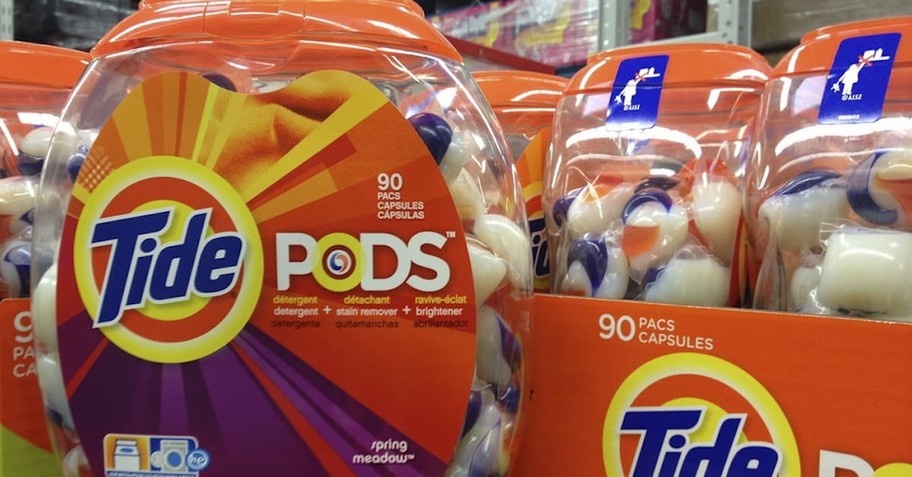
1. Tide Pod Challenge
This inane challenge involves having participants pop laundry detergent pods in their mouths and posting social media videos of themselves chewing on the pods. The biggest problem with this fad is simple: the detergent chemicals contained in the pods are extremely poisonous. The American Association of Poison Control Centers warns that ingesting laundry pods “can lead to seizure, pulmonary edema, respiratory arrest, coma, and even death.”
Way back in 2017, ingesting laundry pods largely posed dangers to toddlers and cognitively impaired adults, given the candy-like appearance of the pods. But that was SO 2017, before teenagers, supposedly of sound minds, began choosing to chew on the pods… for fun and social media notoriety.
In just the first three weeks of 2018, the AAPCC reported 86 cases of intentional exposure to laundry pods by teenagers, eclipsing the numbers reported in all of 2017 (53 cases).
Bad Idea Rating: 🤪🤪🤪🤪🤪
Physical Danger Rating: ☠️☠️☠️☠️☠️
Mental Trauma Rating: 😫
Photo courtesy: Flickr

2. Hot Water Challenge
This challenge involves several variations, but all include the presence of boiling (or extremely hot) water. In one variation, a person pours boiling water on an unsuspecting participant. In another, the person on whom boiling water is poured upon is a willing participant. Another adaptation is for a person to attempt drinking boiling water through a straw.
While it is obvious to most that when boiling water is poured on human skin or ingested into the mouth (throat and/or esophagus) burns will result, apparently sound reason does not apply to the participants of this challenge. It’s been reported that severe (2nd and 3rd degree) burns, along with swelling and damage to the windpipe, esophagus, and stomach have occurred from participation in the Hot Water Challenge.
Bad Idea Rating: 🤪🤪🤪🤪🤪
Physical Danger Rating: ☠️☠️☠️☠️☠️
Mental Trauma Rating: 😫
Photo courtesy: Pixabay

3. Hot Stove Challenge
Perhaps a variation of the Hot Water Challenge, in most instances the Hot Stove Challenge involves participants placing bare skin (hands, arms) on a red hot electric range burner and seeing how long one can keep his or her skin on the burner. In a variation, participants sit on the hot burner.
The result? Skin burns ensue. What a surprise! Do you suppose that in a contest between two participants (idiots?), the person with the worst burns wins a free ride to an Emergency Room? Perhaps the best that can be said about this bad idea is that at least it doesn’t involve an unwitting participant.
Bad Idea Rating: 🤪🤪🤪🤪🤪
Physical Danger Rating: ☠️☠️☠️☠️☠️
Mental Trauma Rating: 😫😫
Photo courtesy: Flickr
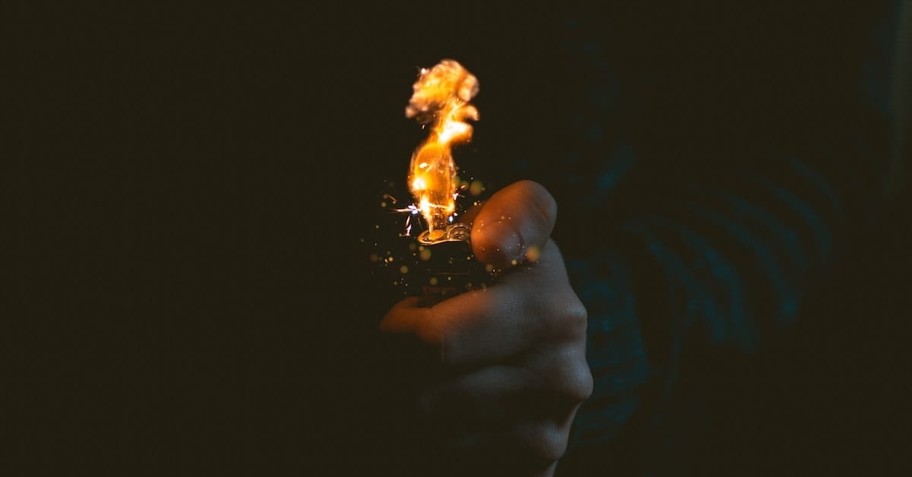
4. Fire Challenge
When has setting oneself on fire ever been seen as a good idea? Apparently since the Fire Challenge became a viral fad. In it, teens apply flammable liquid (hand sanitizer, nail polish remover, and lighter fluid are popular choices) to their bare skin and then light themselves afire with a lighter or match. Next, they try to quickly douse the flames before they can be hurt. But to no one’s surprise, some teens have not been quick enough and have suffered burns, ranging from the superficial to the severe. Several teens have died.
One sixteen-year-old male performed the challenge and ended up burning his waist and neck. He posted videos of his burns to social media as a warning to others. "I can't really say nothing else besides it was a dumb idea," he said. Well said, young man. Well said.
Bad Idea Rating: 🤪🤪🤪🤪🤪
Physical Danger Rating: ☠️☠️☠️☠️☠️
Mental Trauma Rating: 😫
Photo courtesy: Unsplash
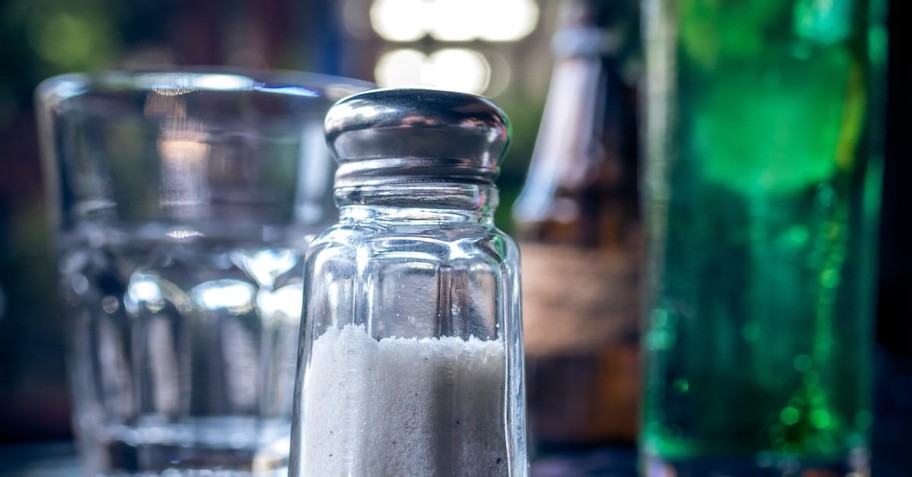
5. Salt and Ice Challenge
The Salt and Ice Challenge is another in the genre of ways teens can purposely hurt themselves. In this challenge, teens pour salt on their skin (hands or arms, typically) and then place an ice cube (or cubes) on the ice. For the teen striving to be “cool,” this challenge literally fits the bill. The salt lowers the temperature of the ice and the resulting burn is essentially frostbite (2nd/3rd degree burns) to the exposed skin. There is also a danger of infections to the burn site. I fear that it will only be a matter of time until a variation of this challenge appears that somehow involves tequila shots.
Bad Idea Rating: 🤪🤪🤪🤪🤪
Physical Danger Rating: ☠️☠️☠️☠️
Mental Trauma Rating: 😫
Photo courtesy: Pexels
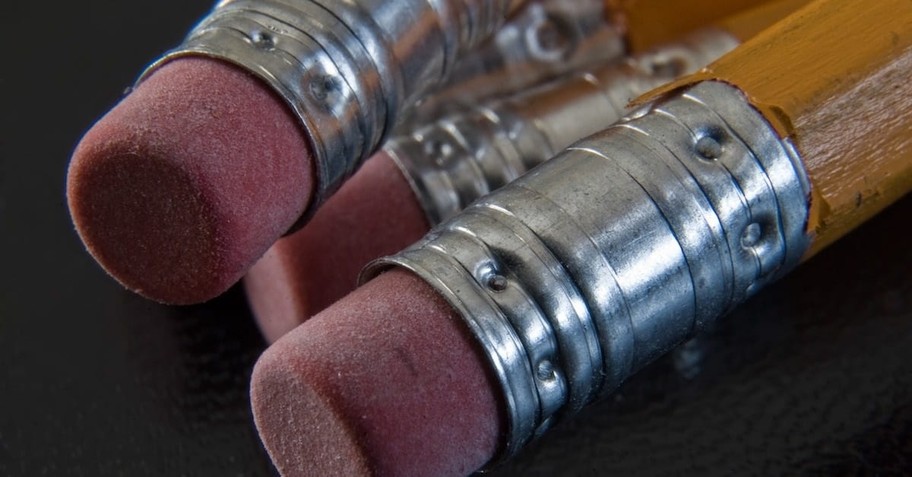
6. Eraser Challenge
The Eraser Challenge is still another in the skin damage genre. Kids compete in this challenge using old-fashioned pencil erasers to rub away the skin on their hands or arms. In this competition, the kid with the worst injury wins the challenge. The resulting injuries run the spectrum from skin burns, to open wounds, to scarring, all which can result in infections. Just think of all the unsanitary places those erasers may have been. Yuck!
Bad Idea Rating: 🤪🤪🤪🤪
Physical Danger Rating: ☠️☠️☠️
Mental Trauma Rating: 😫
Photo courtesy: Pixabay
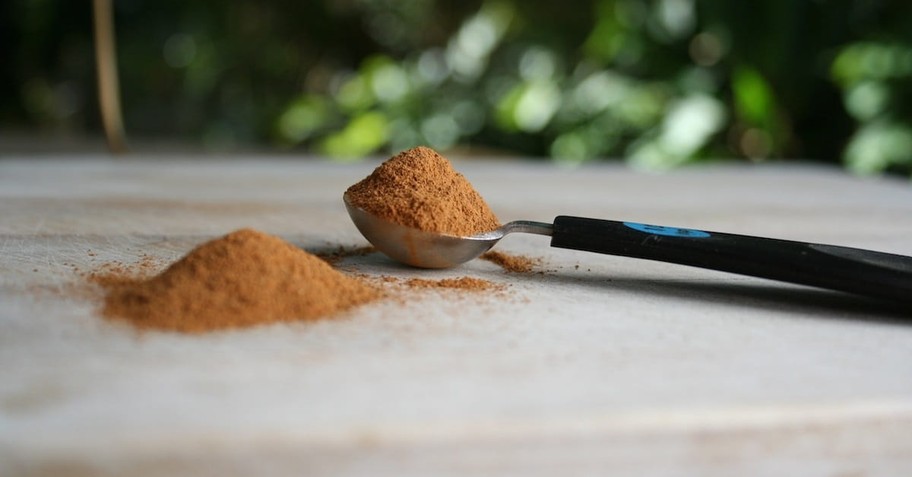
7. Cinnamon Challenge
In this challenge, participants attempt to eat a spoonful of ground cinnamon without using any liquid chasers. The experience is recorded and uploaded to social media sites. From a casual standpoint, this challenge doesn’t appear to be anywhere nearly as dangerous as some others. Nevertheless, the dangers exist. Ground cinnamon contains a heat factor which can be immediately painful for the participant. Next, ground cinnamon quickly absorbs all moisture inside the mouth, which can quickly trigger a person’s gag reflex, resulting in some participants unwittingly inhaling the ground cinnamon into their lungs.
This is where the really bad stuff happens. Inhaling ground cinnamon into the lungs is inherently dangerous. The chemical composition of ground cinnamon bark is such that it “sticks” to internal tissues. This makes it difficult to expel cinnamon from the mouth and lungs. And lungs cannot metabolize it. In some cases, the cinnamon challenge has resulted in asthma attacks, difficulty breathing, lung damage, and even death. All in good fun, right? Or not.
Bad Idea Rating: 🤪🤪🤪🤪
Physical Danger Rating: ☠️ ☠️ ☠️
Mental Trauma Rating: 😫😫 (Feeling like one is suffocating can tend to lead to mental trauma.)
Photo courtesy: Wikimedia
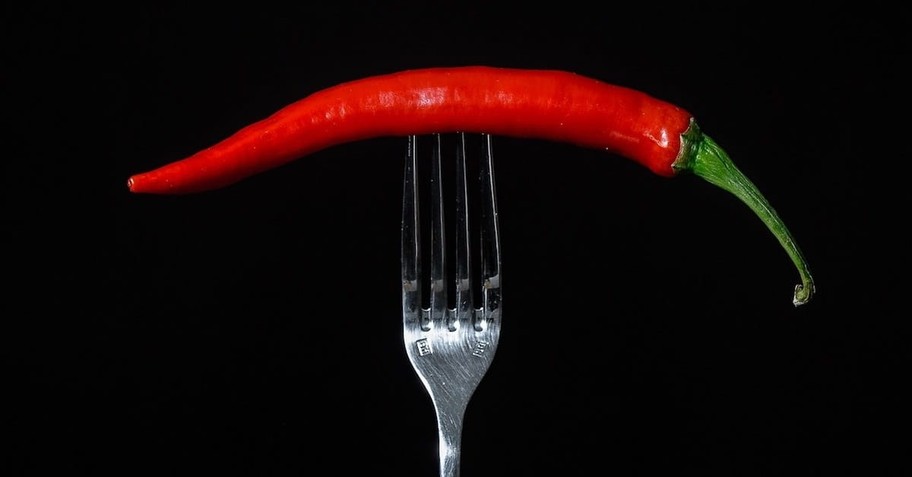
8. Hot Pepper Challenge
Another in the food-related challenge genre, is the often-benign Hot Pepper Challenge. In it, participants video themselves eating a hot chili pepper. The videos are often humorous, usually including the participants before eating the pepper, while eating it, and finally the aftermath. The videos are uploaded to social media sites for friends to view. In 2018, the challenge has been revisited in order to raise awareness of, and funds for Lou Gehrig’s disease (ALS). Participants take the challenge and then tag three friends, encouraging them to participate and donate in support of the cause.
Hot peppers vary in heat scale and the hottest peppers can cause temporary but severe discomfort, sweating, and even vomiting. Bodily injuries due to ingestion, while not unheard of, are rarely reported. Teens who weep while eating mild salsa on their tacos should steer clear of this challenge.
Bad Idea Rating: 🤪
Physical Danger Rating: ☠️
Mental Trauma Rating: 😫
Photo courtesy: Pixabay
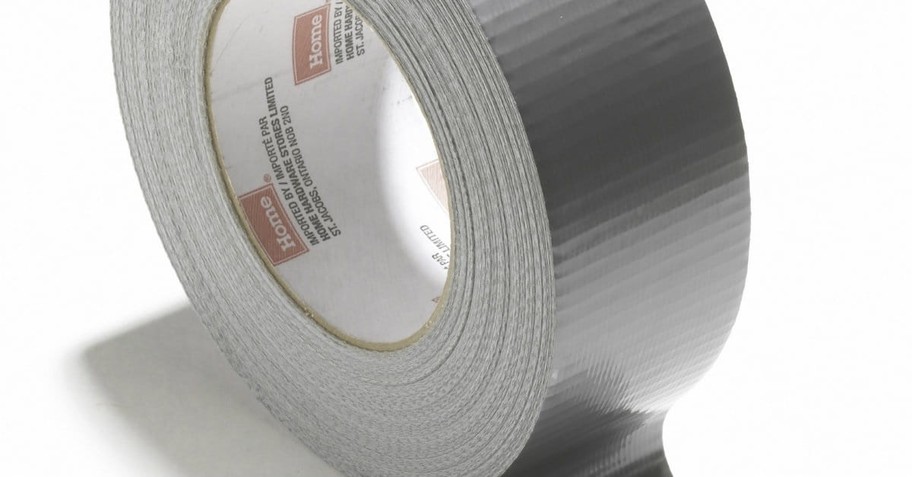
9. Duct Tape Challenge
This challenge typically involves willing participants who are bound (body, arms, legs) with duct tape. Sometimes, participants are also bound by the tape to objects, for example, a chair. The task at hand is for participants to free themselves. This challenge itself is not inherently dangerous, but situational dangers can cause the challenge to go horribly wrong.
This seems to have been the case back in 2016 when a Washington State teen took the Duct Tape Challenge. Two peers wrapped a 14-year-old boy's hands and legs with duct tape and waited for him to escape. As the boy struggled to free himself, he fell forward and hit his head on the corner of a window frame, and then slammed his head onto a concrete floor. The boy's eye socket and cheek bone were broken, and the trauma caused brain bleeding. The boy required emergency surgery and lost the sight in his left eye.
Bad Idea Rating: 🤪
Physical Danger Rating: ☠️ ☠️ (situational dangers)
Mental Trauma Rating: 😫
Photo courtesy: Thinkstock/Purestock
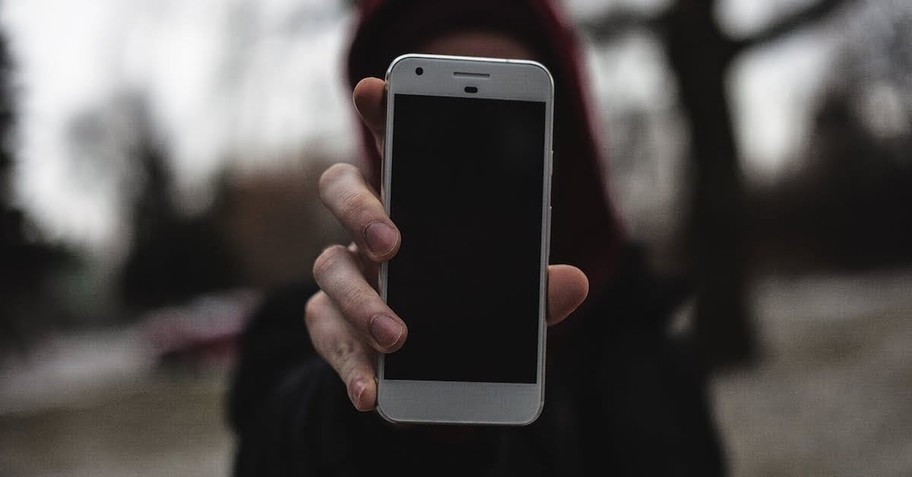
10. The One-Finger Selfie Challenge
In the current age of the selfies and sexting, the One-Finger Challenge combines these into one-bad idea. In this challenge, a young woman (rarely a man) will stand in front of a mirror and take a nude selfie of herself (the camera lens is aimed at the mirror) using one finger to mostly obscure her private parts. And there’s the rub: mostly. Also disturbing: it’s not clear to whom these selfies are distributed.
One take on this challenge: it’s a sneaky way for young men to dare young women to post racy selfies of themselves on social media. Another take: young women understand what they are doing and are looking for recognition among their friends. Either way, as we understand by now, online images rarely ever completely disappear. And young women who take this stupid challenge risk unintended broad distribution of the selfie and certainly open themselves up to be ridiculed and body-shamed online.
Bad Idea Rating: 🤪🤪🤪🤪🤪
Physical Danger Rating: ☠️
Mental Trauma Rating: 😫😫😫😫😫
Photo courtesy: Pixabay

What Can Parents Do?
Of course, as a parent, you cannot completely prevent your teens from taking risks and posting inappropriate video or images to social media. But there are some steps you can take to help reduce the likelihood that your kids will engage in bad fads and challenges. Here are a few ideas:
- Keep communication lines open with your teens. The more you talk, the more you will know what is happening in their lives and the more likely you will be able to recognize potential dangers in their lives.
- Ask your kids what types of challenges are currently popular with students at their school, church or community. This is important because a viral challenge, for example, may be popular elsewhere in the country, but may not currently be in vogue locally.
- Ask your teens if they have watched challenge videos online. If they have, ask them to show some of them to you. As you watch, ask about them what they think about what they've seen.
- Discuss with your teen the role peer pressure plays in tempting kids to take risks.
- Discuss with your teen the role that seeking validation from others plays when teens post challenge videos to social media sites.
Photo courtesy: ©Thinkstock
Jim Liebelt is the Senior Writer, Editor and Researcher for the HomeWord Center for Youth and Family at Azusa Pacific University and a Senior Editor for Download Youth Ministry. As a youth, family and culture specialist, Jim has served as a pastor, author, trainer, instructor and speaker. Jim and his wife, Jen, live in Quincy, Massachusetts.
For more by Jim, check out his blog on Crosswalk here.
Originally published March 13, 2018.








